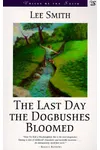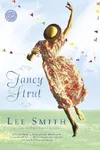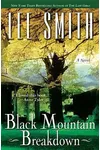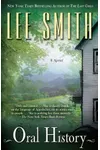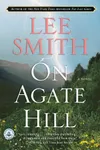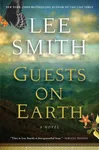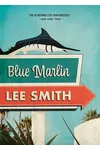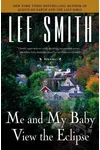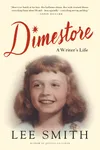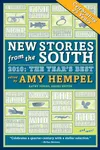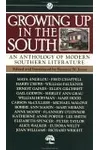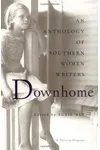Picture a Southern storyteller who spun the rugged beauty of Appalachia into literary gold—meet Lee Smith! Born in the heart of Virginia’s coal country, this Southern Gothic maestro has been capturing the soul of the South since her debut in 1968. With a knack for blending local color with universal truths, Smith’s novels and stories are like a warm biscuit fresh from the oven: comforting, authentic, and impossible to resist.
From her breakout novel Oral History to her heartfelt memoir Dimestore: A Writer’s Life, Smith has crafted a legacy that celebrates the resilience and spirit of Appalachian women. Her work isn’t just about place—it’s about people, their struggles, and the stories that stitch communities together. Ready to dive into her world? Let’s explore the life and legacy of this literary gem.
The Making of Lee Smith
Lee Smith was born on November 1, 1944, in Grundy, Virginia, a small coal-mining town nestled in the Appalachian Mountains. Growing up on Main Street, with the Levisa River flowing behind her home, she was surrounded by a chorus of voices—her father’s Ben Franklin store was a hub of gossip and tales. By age nine, Lee was already penning stories about her neighbors and selling them for a nickel apiece. Her mother, a schoolteacher, and her father, a storyteller himself, fueled her love for words. At Hollins College, under the guidance of mentor Louis Rubin, she honed her craft, turning her senior thesis into her first novel, The Last Day the Dogbushes Bloomed (1968). It was the spark of a career that would light up Southern literature.
Lee Smith’s Unforgettable Stories
Smith’s novels are like a front-porch chat with an old friend—full of heart, humor, and hard-won wisdom. Her 1983 novel Oral History is a cornerstone of modern Appalachian fiction, weaving a century-long saga of the Cantrell family with a mix of folklore and gritty realism. Critics hailed it as a cultural touchstone, blending Southern Gothic elements with a vivid sense of place. Fair and Tender Ladies (1988) follows Ivy Rowe, a fierce Appalachian woman whose letters reveal a life of love and loss—Smith’s own mother’s death inspired this deeply personal work.
In Saving Grace (1995), Smith channels Flannery O’Connor’s intensity, telling the story of a preacher’s daughter wrestling with faith and freedom. Her memoir, Dimestore (2016), shifts gears, offering a tender look at her Grundy roots and the vanishing Appalachian way of life. Smith’s style avoids the grotesque of traditional Southern Gothic, instead embracing the everyday triumphs and trials of rural Southerners, especially women, whose voices she elevates with dignity and depth.
Her stories resonate because they’re rooted in truth—Smith once taped oral histories in Grundy, letting real voices shape her fiction. Whether it’s the haunting melodies of The Devil’s Dream or the bittersweet nostalgia of The Last Girls, her work captures the rhythm of Appalachian life with an authenticity that’s both regional and universal.
Why Lee Smith Matters
Lee Smith redefined Southern literature by putting Appalachian women front and center, challenging the stereotype of privileged Southern heroines like Scarlett O’Hara. Her empathetic portrayals of “poor white” women gave them star billing, reshaping how we see the South. Novels like Oral History and Fair and Tender Ladies have become touchstones for readers and writers, proving that regional stories can speak to the human condition. Her awards—O. Henry, Robert Penn Warren, and the Southern Book Critics Circle—reflect her influence, but it’s her ability to make readers feel seen that cements her legacy.
Smith’s teaching, from UNC to writing workshops, has also nurtured new voices, especially those of older Appalachians learning to write their own stories. Her work reminds us that storytelling is a lifeline, preserving culture and connecting generations. In a world of fleeting trends, Smith’s stories are timeless, like the mountains she calls home.
- Born: November 1, 1944, Grundy, Virginia
- Key Works: Oral History, Fair and Tender Ladies, Saving Grace, Dimestore
- Awards: O. Henry Award, American Academy of Arts and Letters Award, Southern Book Critics Circle Award
Snag Fair and Tender Ladies and dive into Lee Smith’s soulful Southern Gothic world! Her stories are a love letter to Appalachia, waiting for you to turn the page.
